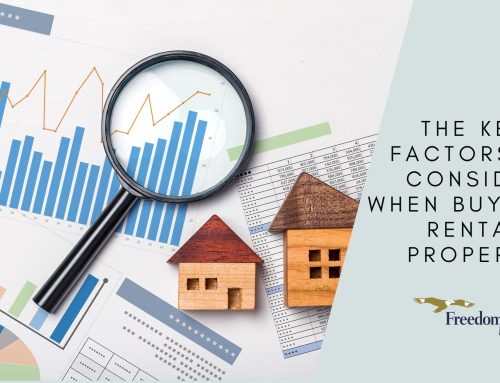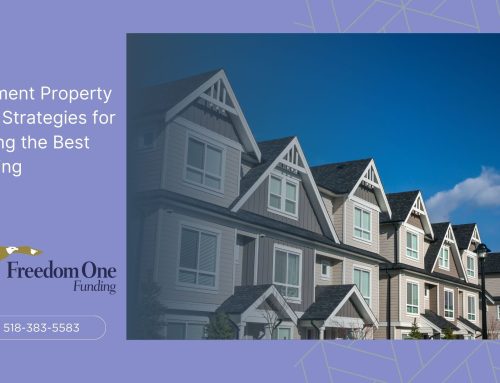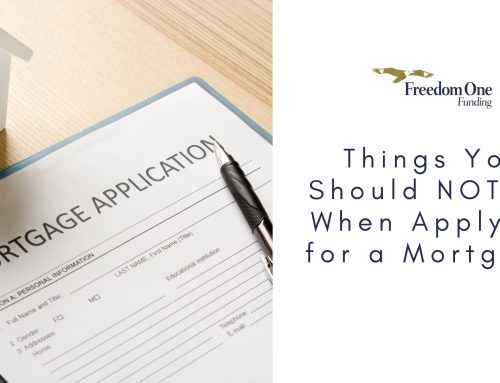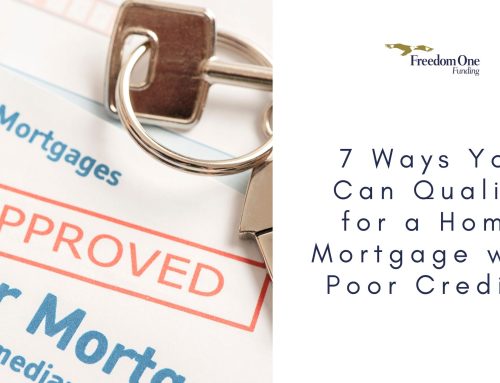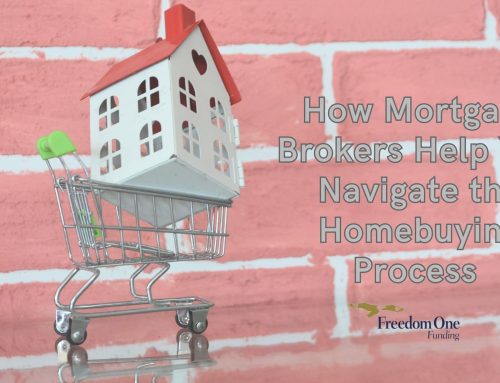A vacation home can be a great investment for those who are looking for a place to relax and get away from the hustle and bustle of everyday life. However, when it comes to purchasing a vacation home, it’s important to understand the differences between a regular mortgage and a vacation home mortgage.
What is a vacation home mortgage?
A vacation home mortgage is a type of mortgage that is specifically designed for individuals who are purchasing a second home or vacation property. These types of mortgages are different from traditional mortgages because they often have different requirements and interest rates.
One of the main differences between a vacation home mortgage and a traditional mortgage is that a vacation home mortgage often may require a higher down payment. While a traditional mortgage may only require a down payment of 5% to 20%, a vacation home mortgage may require a down payment of 10% or more. This is because vacation homes are considered a luxury item and are not considered a necessity like a primary residences.
Another difference is that vacation home mortgages often have higher interest rates than traditional mortgages. This is because vacation homes are considered riskier investments for lenders. If you default on your mortgage, the lender may have a harder time selling the property compared to a primary residence.
What are the requirements?
The requirements for a vacation home mortgage will vary depending on the lender. However, there are some general requirements that you can expect to meet:
- Income: You will need to have a steady income and good credit history to qualify for a vacation home mortgage. Lenders will want to ensure that you have the financial means to make your mortgage payments.
- Down payment: As mentioned earlier, you will need to make a larger down payment on a vacation home mortgage compared to a traditional mortgage.
- Property type: The property must be a single-family residence, townhome, or condo.
- Location: The property must be located in a desirable vacation area, such as a beach or ski resort.
- Occupancy: The property must be used as a vacation home and cannot be rented out full-time.
How to get started with a vacation home mortgage?
The first step in getting a vacation home mortgage is to work with a mortgage broker. We will guide you through the process and help you find the best rates and terms for your situation.
You will need to provide us with your financial information, including your income, credit history, and assets. We will use this information to determine how much you can afford to borrow and what type of mortgage would be best for your situation.
After you have been pre-approved for a vacation home mortgage, you can start looking for properties that meet your requirements. Once you have found the perfect vacation home, your mortgage broker will work with the lender to finalize the mortgage.
In conclusion, a vacation home mortgage is a great option for those looking to purchase a second home or vacation property. However, it’s important to understand the differences between a traditional mortgage and a vacation home mortgage and what requirements you need to meet. Working with a mortgage broker, like Freedom One Funding, will help make the process easier and ensure that you find the best rates and terms for your situation.


